We are going to focus on the topic of Different Nanoparticles Applications in Agriculture in this content. Nano plays an important role in precision agriculture. For this reason, we also deal with the issue of nanotechnology in precision farming, nanotechnology in plants and nano fertilizers in agriculture.
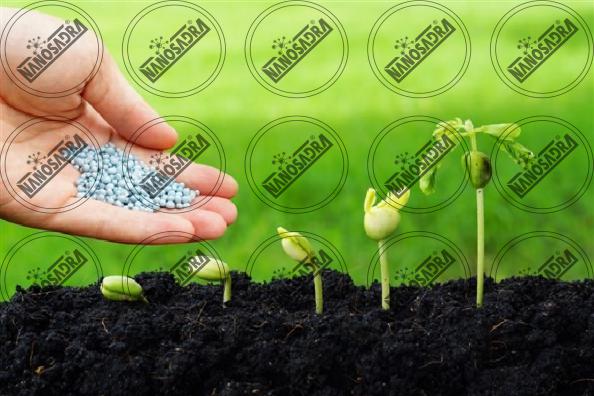
What are the different nanotechnology products for agriculture?
 Nanotechnology also utilizes natural biological, chemical, and physical processes to recycle residual materials from agricultural products and convert them into energy or industrial chemicals. For example, from cotton harvest to fabric production, more than 25% of the fibers become waste. Cornell University in the United States has invented a method called “electric spinning” that uses cotton waste to produce products of lower quality, such as cotton and yarn. Polymer scientists have used this method to make nanofibers from cellulose, which makes up 90% of cotton fibers, producing fibers less than 100 nm, which is 1,000 times smaller than current fibers.
Nanotechnology also utilizes natural biological, chemical, and physical processes to recycle residual materials from agricultural products and convert them into energy or industrial chemicals. For example, from cotton harvest to fabric production, more than 25% of the fibers become waste. Cornell University in the United States has invented a method called “electric spinning” that uses cotton waste to produce products of lower quality, such as cotton and yarn. Polymer scientists have used this method to make nanofibers from cellulose, which makes up 90% of cotton fibers, producing fibers less than 100 nm, which is 1,000 times smaller than current fibers.
One of the applications for these cellulose fibers is to absorb pesticides and chemical fertilizers from the environment to prevent them from entering the ecosystem and releasing them into the environment when needed.
Other nanotechnology products include nanocatalysts that convert vegetable oils to fuels to create new energy sources.
Advances in the plant, agriculture, and food industries are directly related to advances in cellular and molecular biology research. The development of new tools has revolutionized cellular and molecular research. Nowadays, microscopes capable of making nanoscale observations play an important role in the development of the biological sciences.
How does nanotechnology help the environment?
According to the latest UN report, around 800 million people in the world are suffering from food poverty, with the number of people below the poverty line (in terms of providing the body with the daily energy needed) increasing day by day. The latest predictions suggest that the figure will reach one billion by 2020, which means that long-term preservation of humanity and the great rescue of humans from the threat of starvation require the attention of today’s experts and policymakers.
To the sustainable and comprehensive development of the agricultural industry. In this paper, the applications of nanotechnology in the agricultural and food sciences will be explored to point out the application of nanotechnology in the fields of agriculture, plant breeding, plant protection and irrigation.
A general overview on application of nanoparticles in agriculture
 Nanoscale materials and tools for the service of agricultural sciences
Nanoscale materials and tools for the service of agricultural sciences
Nanotechnology has left no scientific ground. The agricultural sciences are no exception. There have been numerous applications of nanotechnology in agriculture, food industry and animal science.
The relationship between nanotechnology and agricultural sciences can be examined in the following areas.
1- Need for security in agriculture and nutrition systems
2. Develop smart systems for the prevention and treatment of plant diseases
3. Creating new tools for advances in cell and biology research
4. Recycling of waste from agricultural products
Pesticides and pesticides are among the fastest and cheapest ways to respond to an emergency among agricultural pest management.
– Precision farming (location specific)
In general, precision farming is a new approach to farm management. Nowadays, nanosensors are used to determine how much nutrients and poisons each small part of the farm needs, thereby preventing environmental pollution, enabling crop health and increasing economic efficiency.
Nanosensors can help the system maintain products by carefully controlling and timely reporting plant needs to the information processing center.
– Creating cheaper greenhouses to save energy and increase humidity
Nano-structures can produce small but massive greenhouses that can feed almost the current population of the world at approximately 10 percent of the total crop currently. In this case, millions of hectares of farmland will be returned to natural habitats for animal habitat around the world.
Nano applications in plant breeding
Transfer genes to plant cells using nanomaterials
In this method, DNA or RNA-coated gold nanoparticles are delivered into the cell.

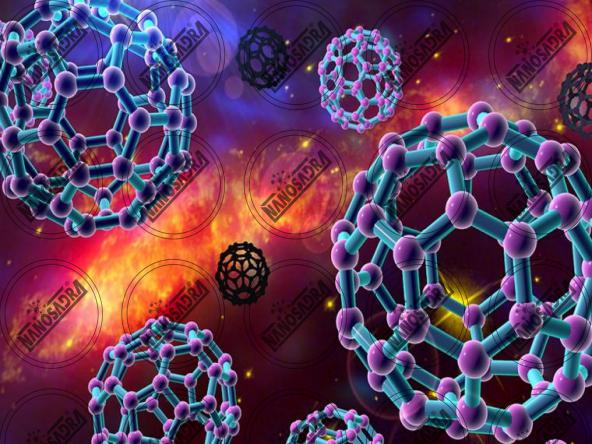
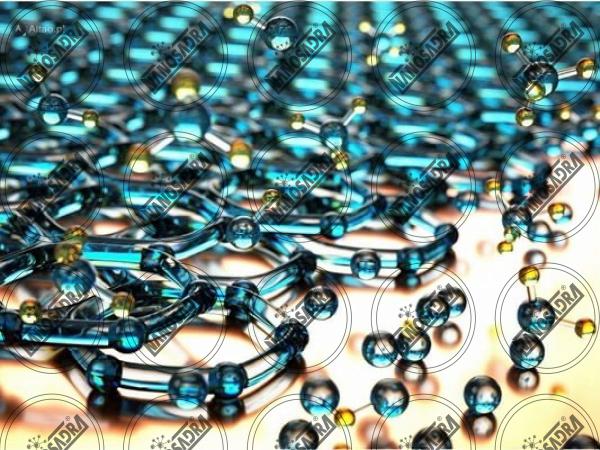
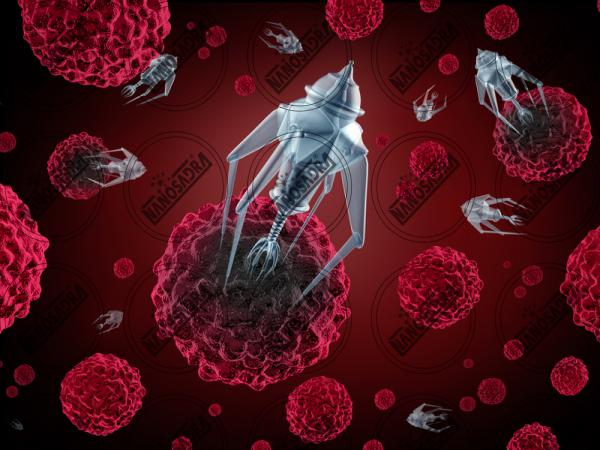

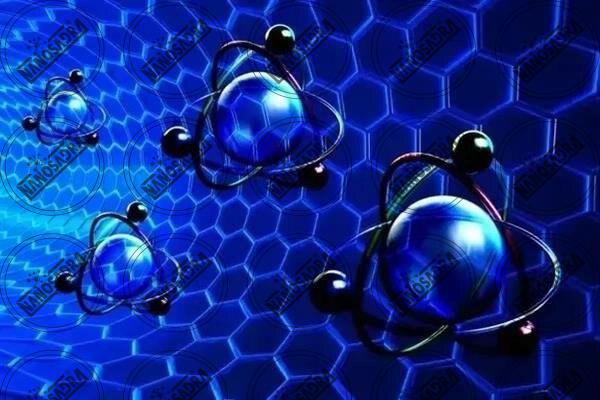




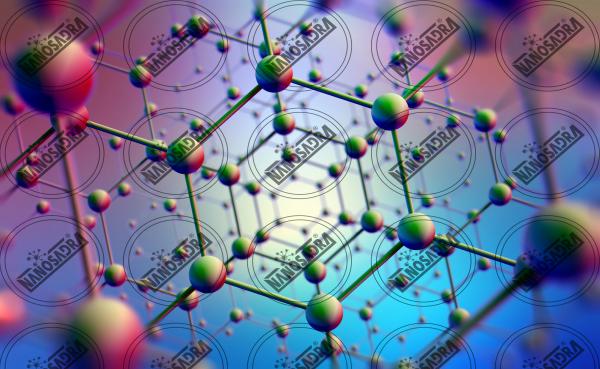
Your comment submitted.